Acronyms
Sales, Marketing, and Technology Acronyms and Abbreviations. Jump to acronyms beginning with the number or letter:
-
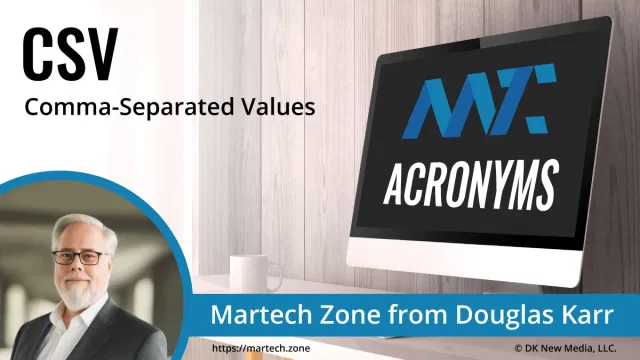
CSV
A versatile format used for representing data in a tabular form. This format is distinguished by its simplicity, using a comma to separate individual values within a record. CSV can be utilized both as a way to structure data in…
-

CTA
A prompt used in sales and marketing to encourage an immediate response or action from the audience. It’s a critical element of web pages, advertisements, marketing emails, and promotional materials designed to guide users toward a desired action, such as…
-
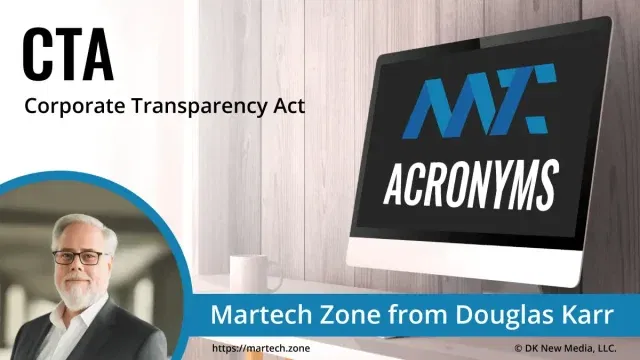
CTA
A significant piece of legislation was enacted to combat money laundering, financial fraud, and other illicit activities. It was passed as part of the National Defense Authorization Act for Fiscal Year 2021. The CTA primarily aims to improve transparency in…
-
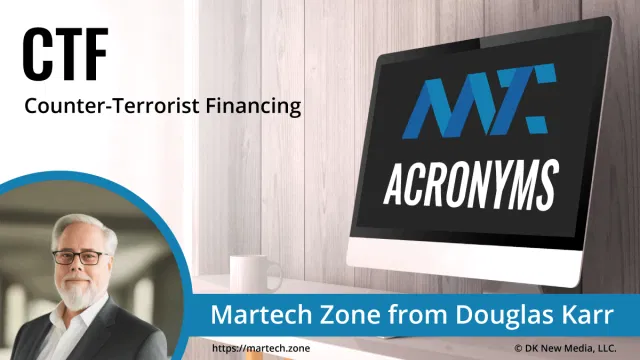
CTF
The policies, laws, and regulations designed to prevent, detect, and disrupt the financing of terrorist activities. CTF is closely related to Anti-Money Laundering (AML) efforts, as both aim to prevent the misuse of the financial system for illicit purposes. Terrorist…
-

CTI
A technology that connects telephone systems with computer applications, allowing businesses to enhance communication, streamline workflows, and improve customer interactions. By integrating telephony with software solutions such as Customer Relationship Management (CRM) platforms, CTI enables advanced call handling, automation, and…
-
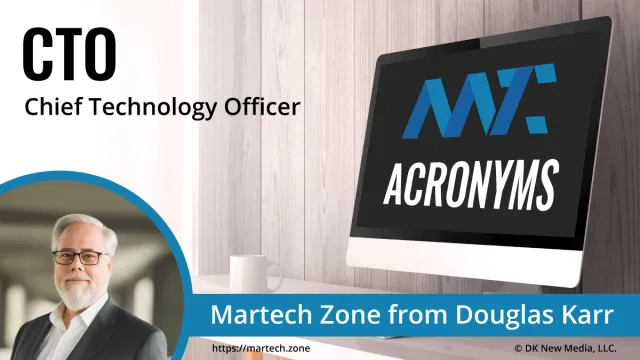
CTO
A high-ranking executive role within a company is primarily responsible for overseeing the organization’s technological needs as well as its research and development (R&D). Essentially, the CTO is the top technology architect in an organization and plays a key role…
-
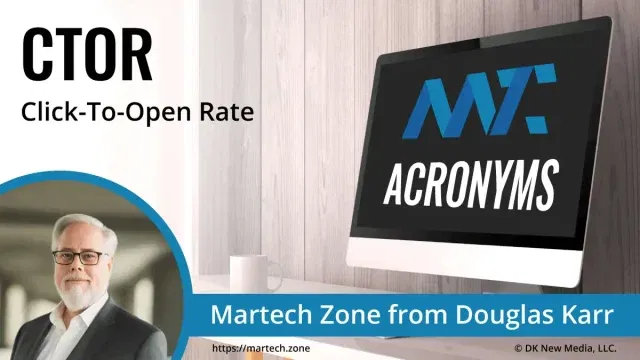
CTOR
Click-to-Open Rate is a metric used in email marketing to measure the effectiveness of email content. It calculates the percentage of recipients who clicked on one or more links in an email out of all who opened that email. This…
-

CTR
A metric commonly used in digital marketing, especially in online advertising and email marketing, to measure the effectiveness of an ad or an email campaign. It represents the ratio of users who click on a specific link to the number…
-
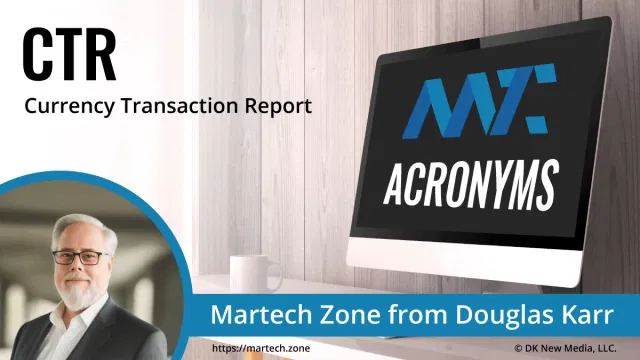
CTR
This is a report that financial institutions must file with the Financial Crimes Enforcement Network (FinCEN) for any cash transaction or series of related cash transactions that exceed $10,000 in a single day. This requirement applies to transactions involving currency,…
-

CTV
Any television set or device connected to the internet to stream digital video content beyond traditional cable or satellite TV. This includes smart TVs, gaming consoles (such as PlayStation and Xbox), streaming devices (like Roku, Amazon Fire TV, Apple TV),…









